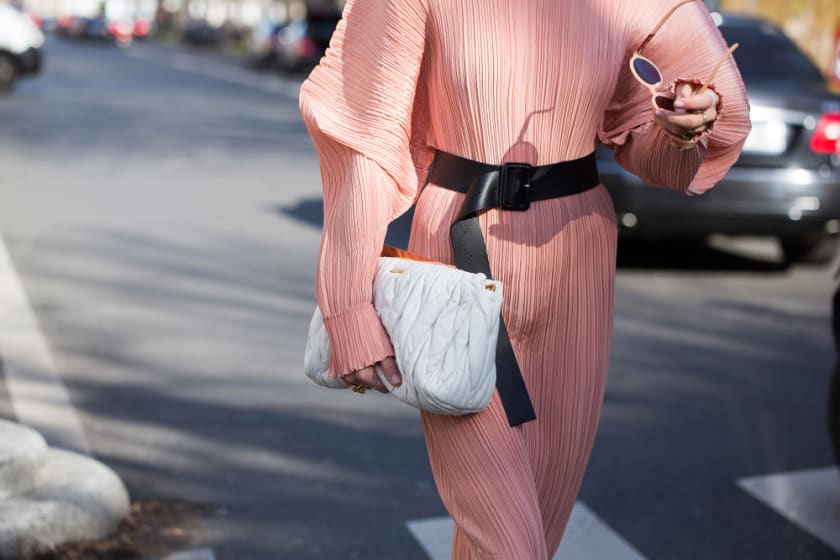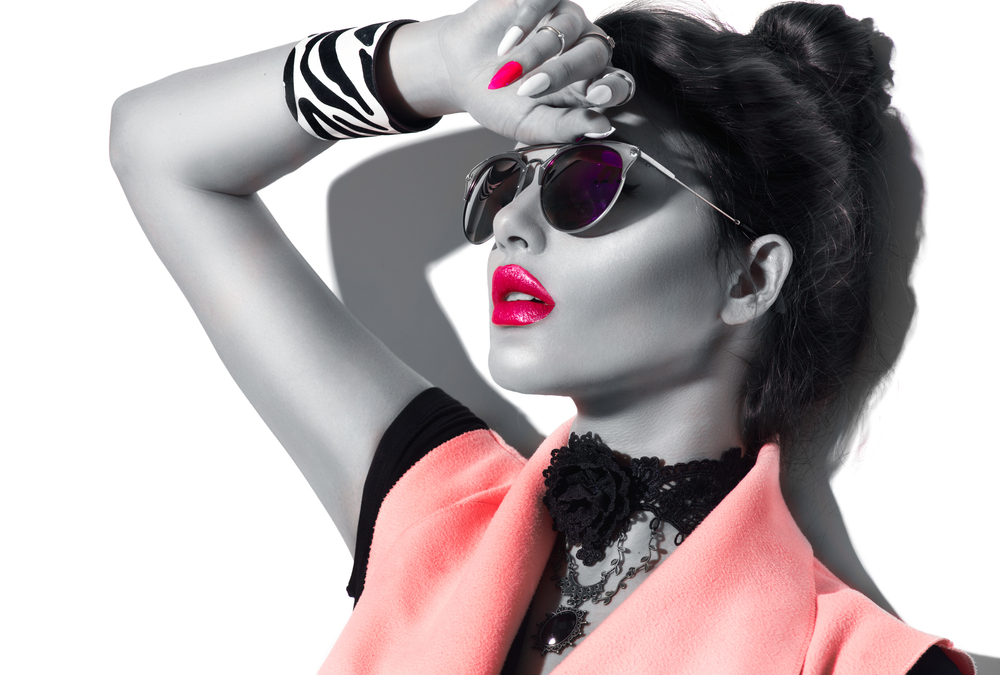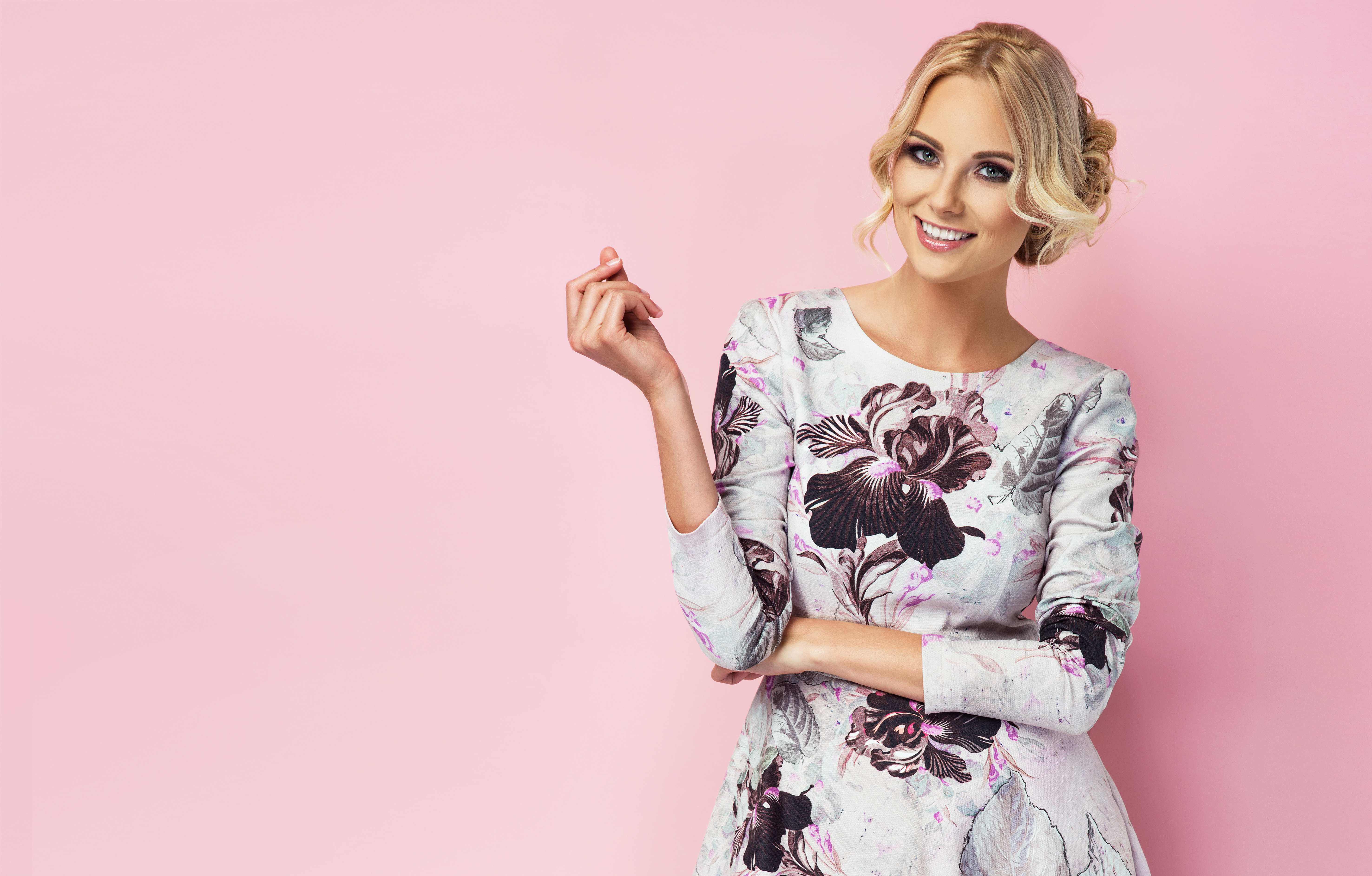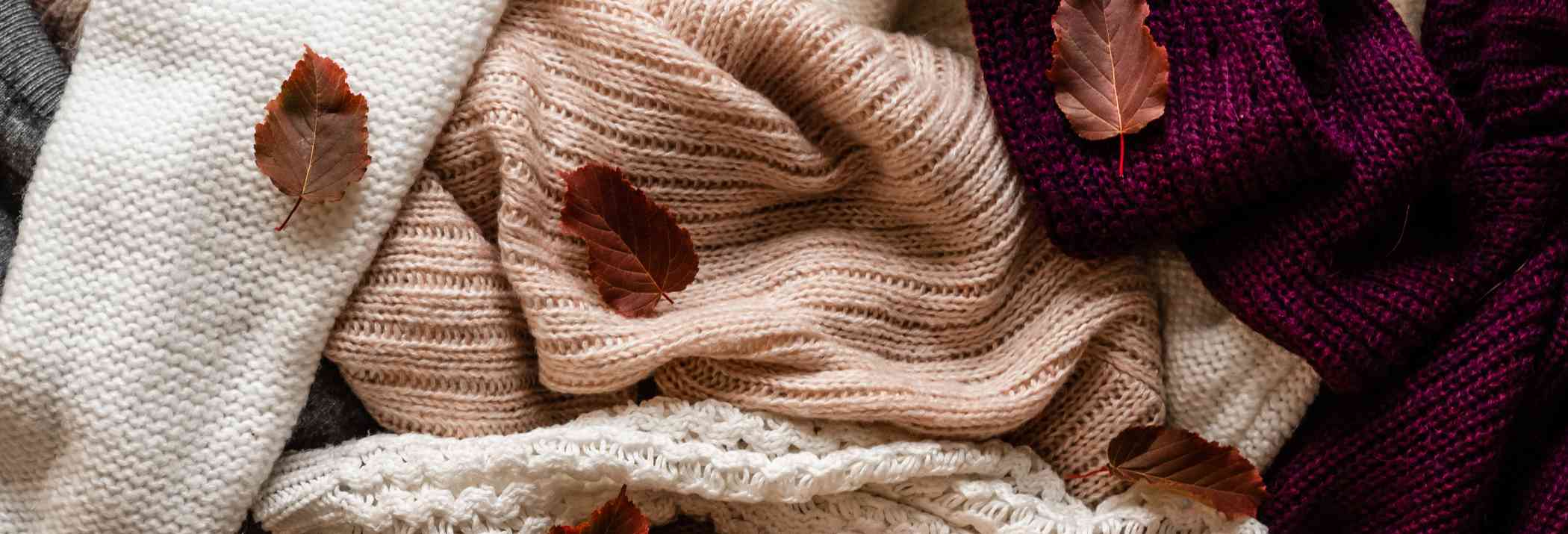What is Fashion Styling? Career Growth Trajectory For Fashion Stylists



What is a fashion stylist?
India's fashion industry has extended its wings. It has grown into a massive sector with a plethora of work opportunities for those with a passion for fashion. A fashion stylist is one of the most prominent fashion careers. If you appreciate being creative with colour, patterns, and textures, are always up to date on the current trends, and enjoy researching different looks, a job as a fashion stylist is an appropriate fit for you.
A fashion stylist combines all parts of a person's visual style in order to make them appear stylish and desirable. You will be able to work on a variety of projects to advance your career. The job allows you to share your love of fashion with a diverse group of fascinating people, from celebrities to models for photoshoots.
A fashion stylist collaborates with models to create clothes for fashion houses and clothing brands. You also offer fashion advice to TV and movie stars and anyone attending high-profile events.
You may be responsible for planning shoots, preparing props and accessories, directing the entire shoot process, as well as liaising with fashion designers and other necessary service providers. You can work as a celebrity personal shopper or costume designer for editorials, film shoots, music videos, and the red carpet. You must keep up with new fashion trends while retaining your uniqueness and ensuring that you create your own.
Roles and duties of a fashion stylist
As a fashion stylist, you will be asked to do a variety of duties as part of your job. The following is a list of the key responsibilities.
- Working with fashion designers, tailors, models, photographers, hair and makeup artists, retailers, journalists, publicists, and public personalities.
- Fashion stylists choose clothing and accessories for those associated with journalism, advertising, concerts, music videos, films, and television shows.
- Creating a public image for your celebrity clients
- Fabrics, clothing fabrication, and fashion accessories are all subject to study.
- Keeping up with a variety of designers and labels in the fashion industry
- Maintaining awareness of current fashion trends and happenings
- Staying up to date on the latest trends and designs through attending shows, showrooms of brands, and numerous events in the industry
- Fashion forecasting and detecting new fashion trends are important skills.
- Developing professional relationships
- Using public figures to create a personal visual aesthetic. This includes personal shopping and working as a personal stylist.
- Assisting major retail companies' apparel purchasers
Eligibility for becoming a fashion stylist

To become a fashion stylist, you must satisfy all requirements before entering the professional world. Here are the key qualifications for becoming a fashion stylist.
- The candidate must have finished at least a bachelor's degree to be considered.
- They must have an undergraduate or graduate degree in design.
- The UGC must recognise the institution or college where the candidate received their degree.
- The candidate must have scored at least 45-50 percent of the total marks in the qualifying degrees.
- If the candidate has any previous work experience, such as internships or jobs, they will have an advantage.
Types of jobs for a fashion stylist
Fashion stylists can work in various settings in India, picking the one that best fits their interests and skills. The most sought-after fashion stylist positions are: Personal Stylist Assistant, Fashion Stylist, Fashion Merchandiser, Fashion Editor, Fashion Consultant, Fashion Illustrator.
Employment sectors for fashion stylists
The demand for fashion stylists has risen dramatically as the fashion industry has expanded into many other areas. The following are some industries where fashion stylists are employed in large numbers.
- Fashion labels
- Fashion shows, fashion houses
- Fashion magazines
- Personal design
- Platforms for social media
- Websites devoted to fashion
- Brands of clothing
Fashion Stylist Salary and Pay Scale
The salary and pay scale of a fashion stylist is contingent on a number of factors: prior work experience, qualifications, and classification are just a few examples. The table below shows the approximate income offered to fashion stylists at each level.
| Profile of job | Average salary (per annum) | Salary for entry-level (per annum) | Salary for mid-level (per annum) | Salary for senior-level (per annum) |
| Fashion stylist | 4,30,000 | 2,20,000 | 8,50,000 | 15,50,000 |
Study Materials
Here are some well-known books that anyone interested in becoming a fashion stylist should read.
- 'Secrets of Stylists: An Insider's Guide to Styling the Stars' by Sasha Charnin Morrison
- 'Fashion Stylist's Handbook' by Danielle Griffiths
- 'The Book of Styling: An Insider's Guide to Creating Your Own Look' by Somer Flaherty
Skills needed
Being a fashion stylist is a fascinating career that necessitates a creative and determined attitude. A person's ability to keep up with the dynamics of fast-shifting trends and traditions is critical. Aside from having a creative vision, a fashion stylist must possess the following skills:
- Well-versed in current fashion trends, companies, runway events, and labels
- Possibility of altering one's physical appearance and personality.
- Workplace ethics
- Excellent communication skills.
- Accepting Risks Attitude
- Dedication to the job
- Ability to multitask successfully
- Well-versed in two areas: marketing and advertising
- Keep up with the most recent developments in art, media, and design
- Photoshop and Microsoft app skills
- Understanding the many body types
- Self-scheduling
- Understanding of many cultures, customs, and attire
Education

Getting an appropriate degree and formal education in fashion-related disciplines can help you get closer to a profession as a fashion stylist. Aspirants should seek education in the field to learn about the evolution of clothing, fashion science, trend history, and so on.
Here is a list of the best degrees and colleges to attend if you want to pursue a career in fashion styling:
- Bachelor of Fashion Design: NIFT (National Institute of Fashion Technology), Pearl Academy, and Arch College of Design and Business, Jaipur are some of India's top fashion design schools.
- Fashion styling certifications are available from JD Institute of Fashion and Technology, Indian School of Design and Innovation (ISDI), Mumbai, and NIFT Delhi.
- Bachelors in Fashion Merchandising: Many branches of NIFT, Indian School of Design and Innovation, MIT Institute of Design, and Pearl Academy are among the best options for a fashion merchandising degree.
- Bachelor of Design in Textile Design: NIFT Delhi and Mumbai, as well as other branches, Mumbai University, AAFT, and Banaras Hindu University, provide B.Des Textile Design degrees.
Conclusion
Fashion styling is a new and exciting field to explore for those who want to channel their inner artists and apply their creativity in the fashion industry. The sector offers a plethora of prospects for motivated students, which can be overwhelming and perplexing at times. For information related to fashion stylists and the fashion industry, you can check out Fashniza.



















